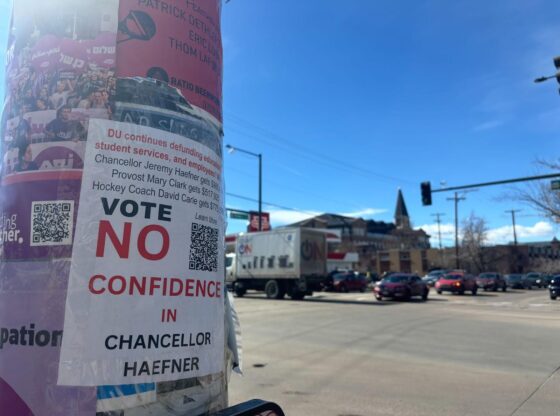As we near the one-year anniversary of the first-known COVID-19 case in America, corporations are looking to make permanent changes to their work environment. Remote work may be here to stay. Companies such as Salesforce, Facebook and Twitter are offering long-term remote work opportunities for their employees. A hybrid of in-person and remote time is an intelligent choice that saves businesses money and offers employees greater flexibility.
The not-so-short reckoning of COVID-19 forced many companies online. This move enabled them to cut maintenance and facility costs. Employers and employees agreed that productivity went up during 2020 with staff claiming that the remote work provides them with greater schedule flexibility. Top executives plan to increase spending on managerial training and virtual collaboration tools that accommodate the changing workspace.
The harsh reality is that another pandemic is not a dystopian pipe dream. It is a feasible probability, and it could reoccur in the coming decades. In an effort to acknowledge this, companies are rebuilding their infrastructure to accommodate such a scenario.
Companies are realizing that they can accomplish more with less space. Salesforce created blueprints for how their offices will be restructured. Rather than crowded cubicles, they will have open cafe-style seating and private booths. Of their 54,000 employees, they expect 65% to come into the office one to three days out of the week. Facebook will echo Salesforce’s moves, and Twitter is giving all employees the option to stay remote.
Corporations are also moving out of hotspots such as New York City and San Francisco and going to places like Austin, Texas, Seattle, Washington and Boulder, Colorado where opportunity is ripe. This trend has been present since the 2008 financial crisis but has been expedited by the pandemic. High rental rates of large cities aren’t worth paying if the majority of the workforce does not use the buildings.
However, a word of caution must be said regarding this trend. Businesses should continue to offer hybrid work options. The norm should encompass at least one to three in-person workdays that will add variety to people’s routines. As a society, we cannot sustain fully-remote work—it causes our physical and mental health to deteriorate.
There is a growing expectation for employees to work more hours at home due to a perceived increase in free time. This is coupled with the growing standard that workers should be available during their off-time and respond to emails at any point of the day. Productivity improved throughout the pandemic, but cases of burnout increased. This is predominantly a result of overworking. It can be linked to lack of exercise, increased alcohol consumption and sleep deprivation.
Traveling to work provides employees with mobility and purpose. It pushes individuals to get dressed, move and interact with people outside of their household. This social interaction and movement are necessary for retaining one’s mental and physical wellbeing. We cannot solely focus on the financial perks of staying remote. Employers must put their workers first when considering their future infrastructure.
The social interaction gained from going to coffee shops or grabbing lunch with a co-worker builds company culture and community. Running into people in the hallway or walking to your car with another employee are aspects of basic socialization that all of us need.
When we look to the future, we must focus on flexibility. The hybrid option is the best way to combat potential future pandemics and ensure employees can take care of their physical, mental and social health. Consistent social interaction sets the foundation for a healthy and prosperous society.











